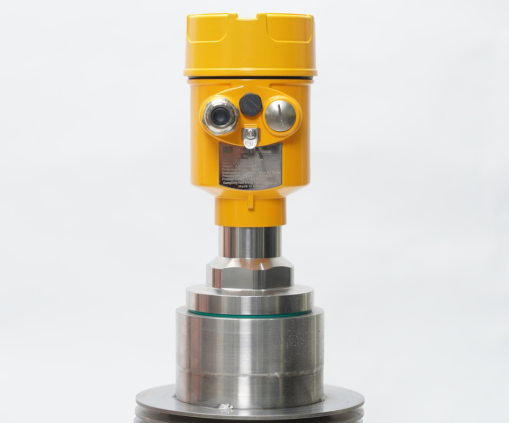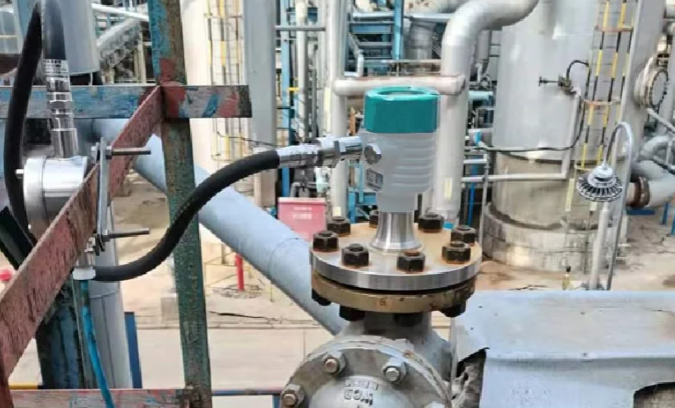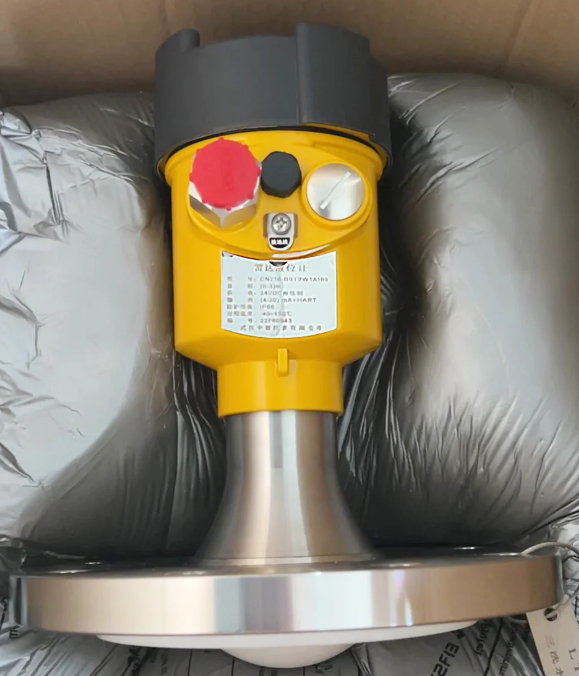BETTER TOUCH BETTER BUSINESS
Contact Sales at KAIDI.
The measurement principle of the radar level meter is that the antenna receives the radar pulse reflected signal, and sends the reflected signal to the instrument, the microprocessor of the instrument analyzes the signal, and identifies the actual echo of the radar pulse signal on the surface of the material. The distance of the instrument to the surface of the material is proportional to the propagation time of the pulse signal. At the same time, the reflection intensity of the radar wave on the liquid surface is also related to the dielectric constant of the liquid, the greater the dielectric constant of the liquid, the greater the reflection, the stronger the wave, the weaker the transmission.

Generally speaking, there are three types of interference echoes, and we will introduce what they are and what the reasons are. The first is foreign body echo. The reason for the foreign body echo is that in the actual measurement process, due to the limitation of radar antenna beam Angle, the actual direction of radar wave propagation is fan-shaped. For example, when there is a foreign body in the tank or when the liquid level drops, the agitator will send out a strong foreign body echo when it hits the liquid level. When the liquid level electrode is close to the antenna transmitting end, due to the high intensity of the echo, the reflected wave will form multiple reflections on the top of the tank and the liquid level, forming multiple echoes. The third is the bottom of the tank echo, when the liquid level is close to the bottom of the tank, because the liquid level drops, the liquid consumption of radar waves is reduced, so some radar waves pass through the liquid level and reflect the bottom of the tank on the liquid surface, thus forming the bottom of the tank echo. Generally measured when the dielectric constant is high in the medium, this bottom echo will not be generated.

For the problem of interference echo, there are two methods that can effectively suppress it. The first is the static algorithm of interference echo suppression, including the inherent noise curve method and the specific suppression curve method. The former mainly inhibits low intensity echoes and multiple echoes, which is to eliminate the inherent interference noise in the tank. In general, the magnitude of bottom echoes and multiple echoes will not exceed the inherent noise curve, unless the liquid level is at the bottom and top of the tank. For the latter, for foreign body echoes, such as radar waves hitting baffles and tank wall welds, the echoes will be relatively large, generally exceeding the strength of the inherent noise curve, so for such echoes when the instrument is put into operation, the debugging stage must draw a specific suppression curve on the inherent noise curve inside the transmitter. It is stipulated that only when the echo intensity is greater than the specific intensity of the suppression curve, it can be judged as the true echo. The second is the dynamic multi-channel echo vector tracking algorithm. The dynamic algorithm performs mark tracking for each echo within the measurement range. Based on the analysis of big data, it is reasonable to say that there will be no wave loss whether the level amplitude is suppressed or not.

We are here to help you! If you close the chatbox, you will automatically receive a response from us via email. Please be sure to leave your contact details so that we can better assist